Photos of NFL.com's 101 best free agents expected to hit the market on March 10. (Note: this list includes players that were franchise tagged on Monday, March 2)






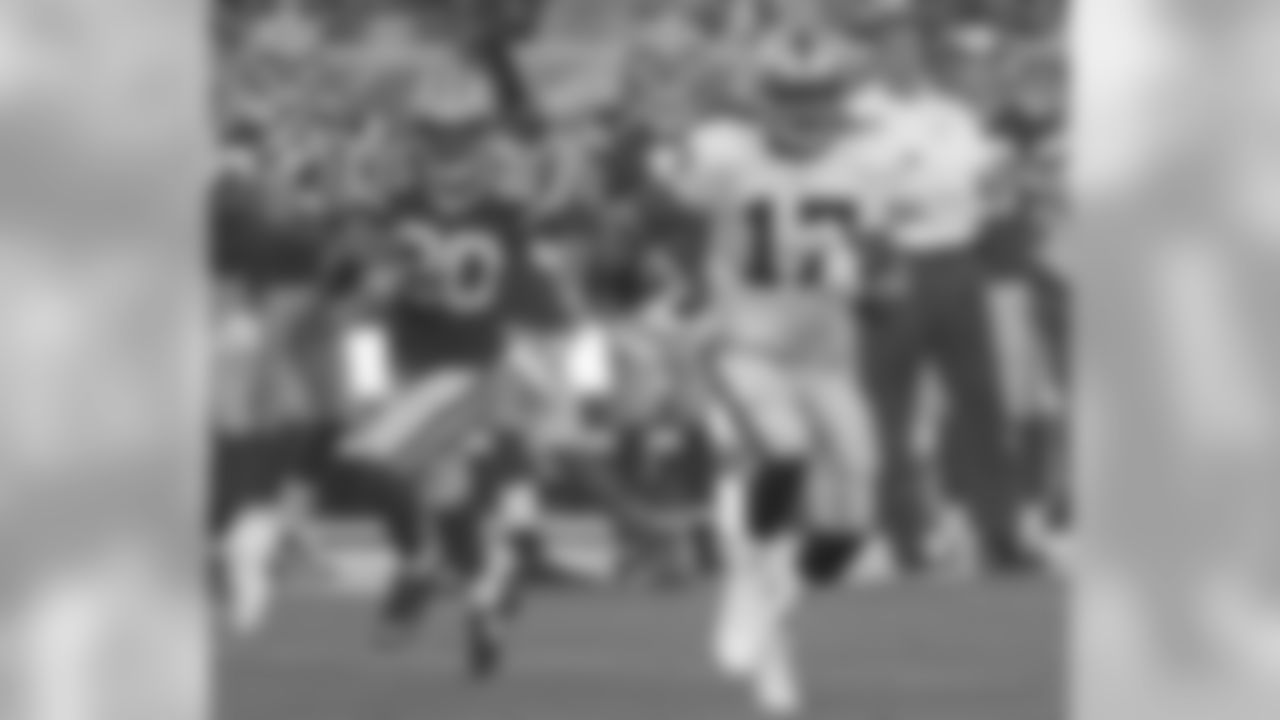






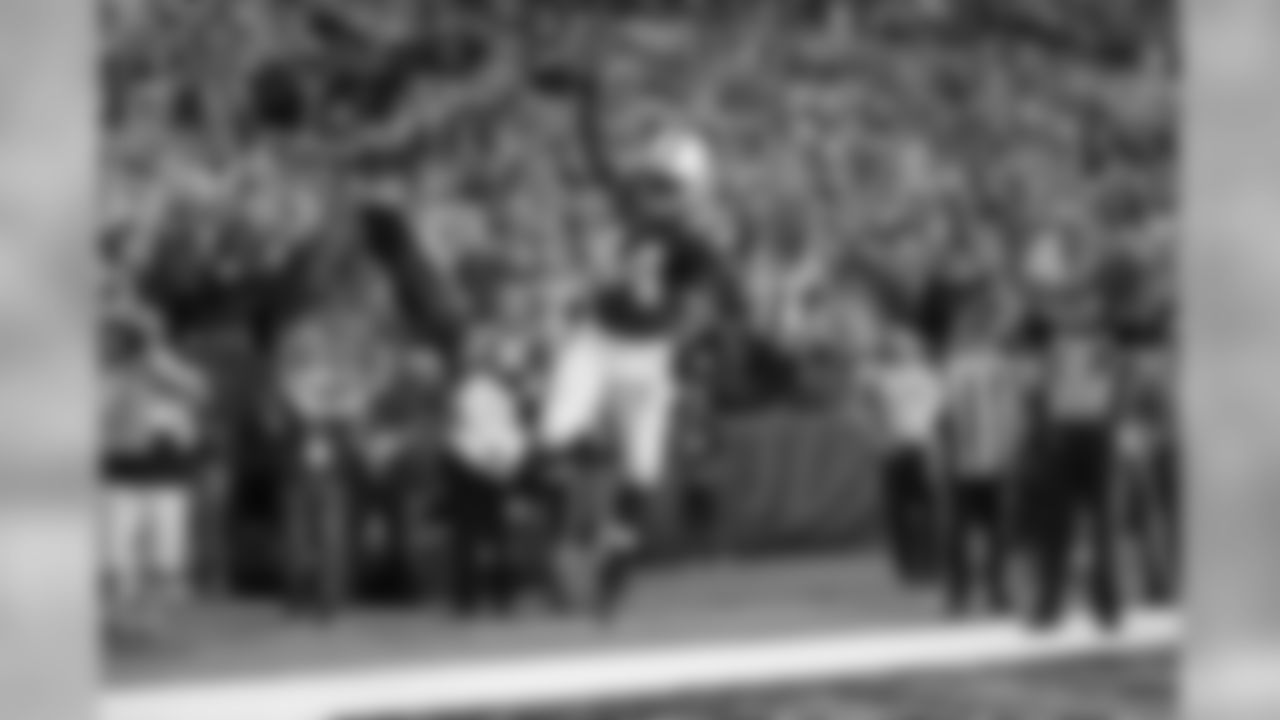


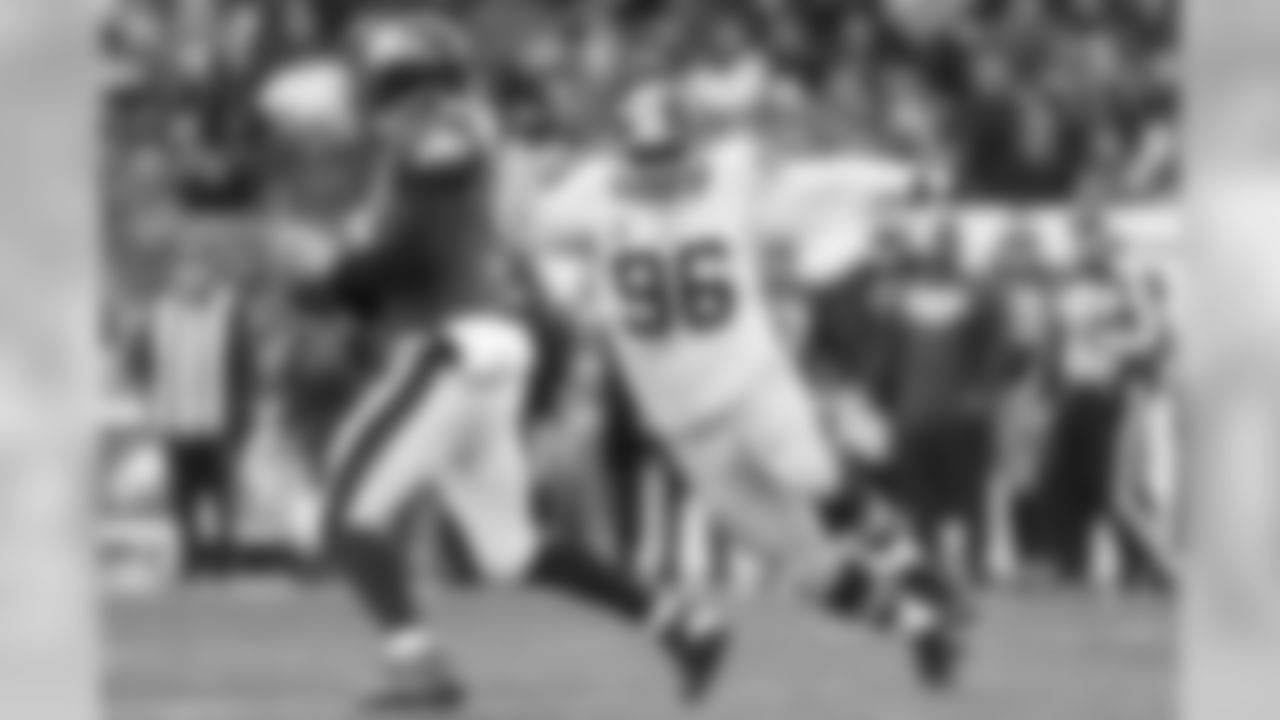


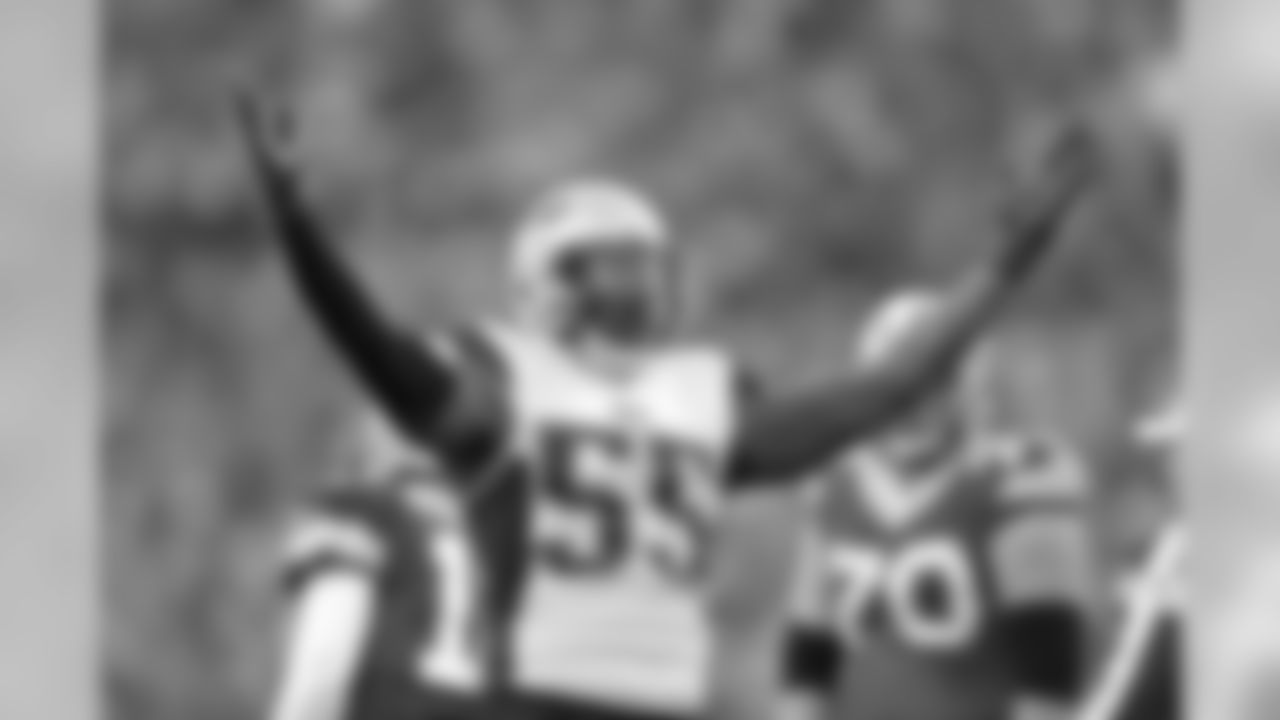



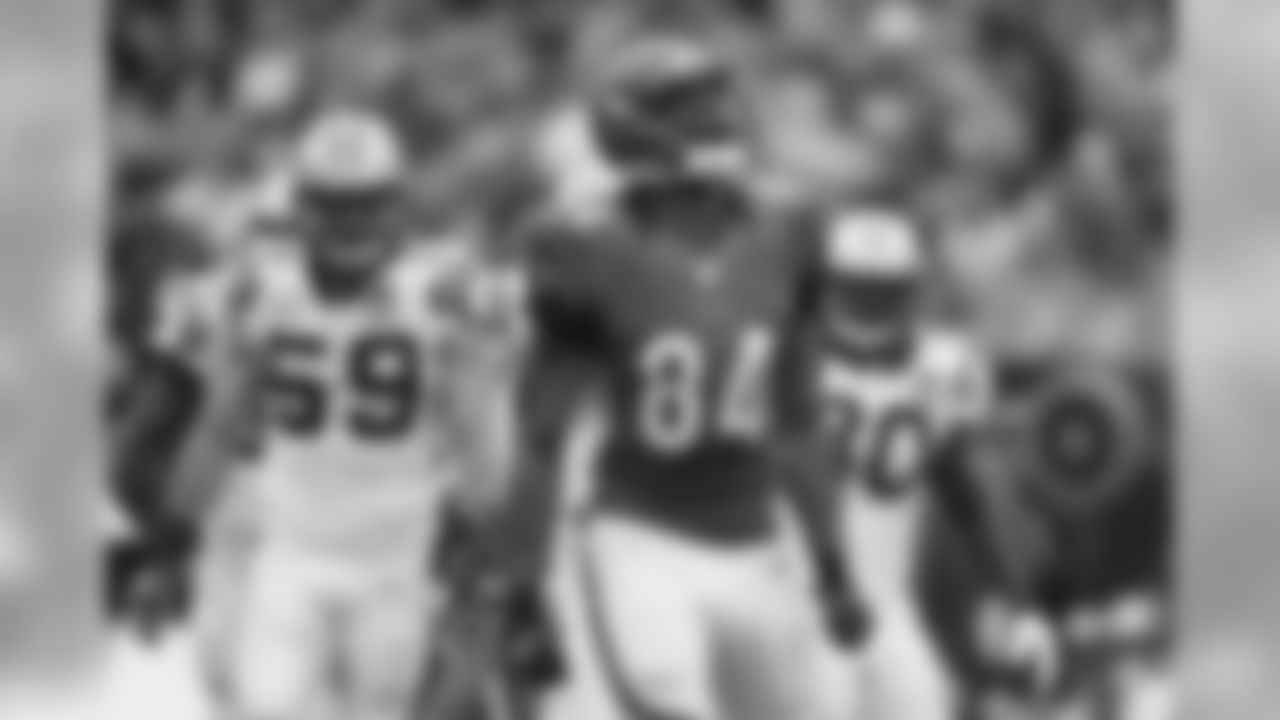






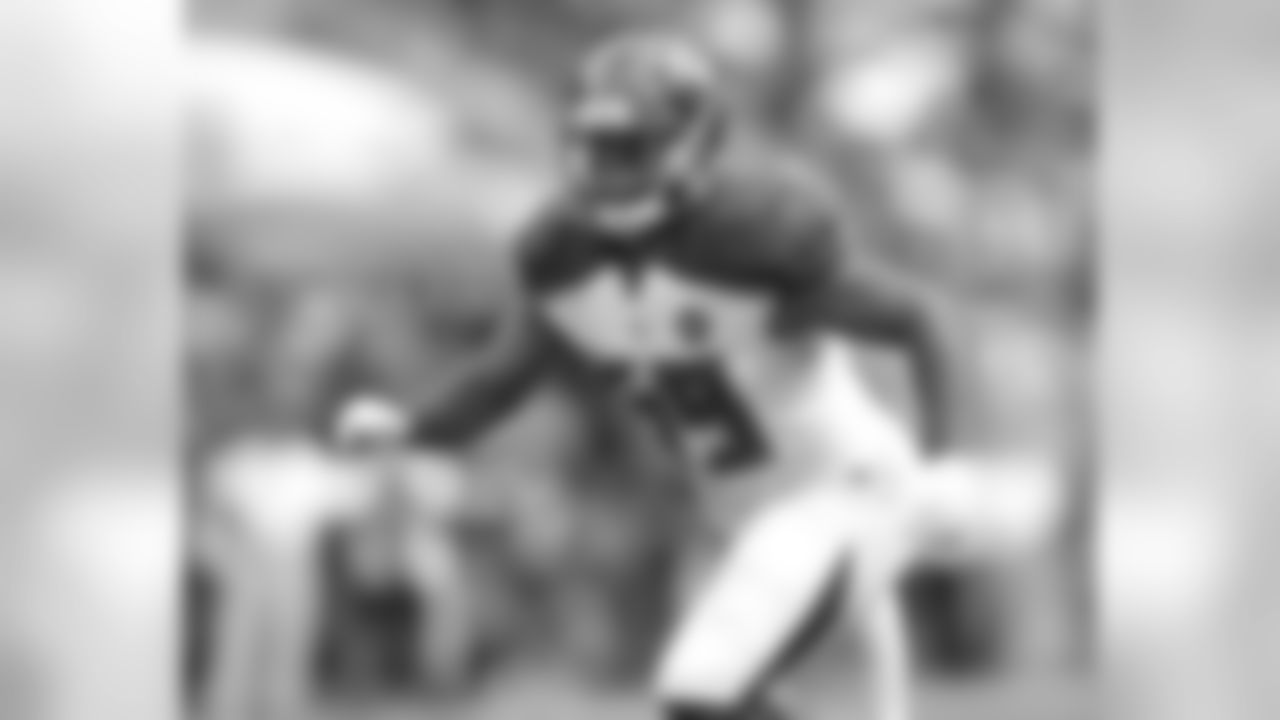








(Note: Stephen Gostowski was tagged)

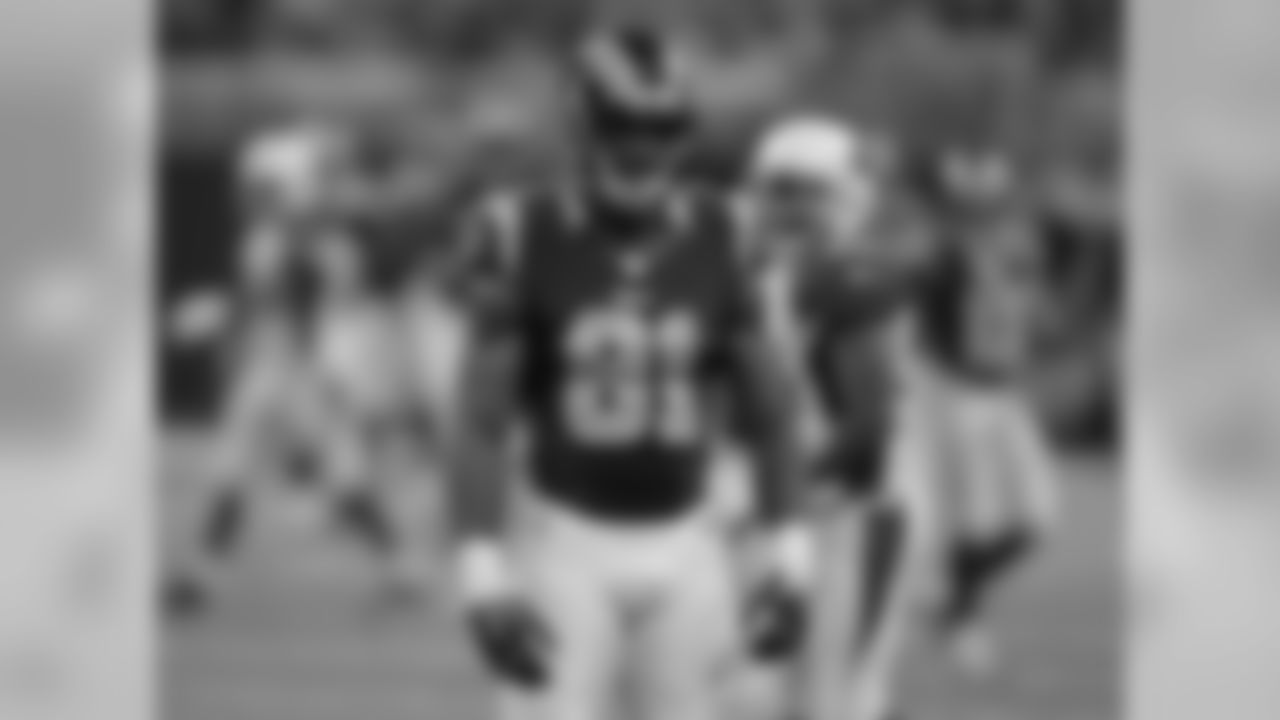

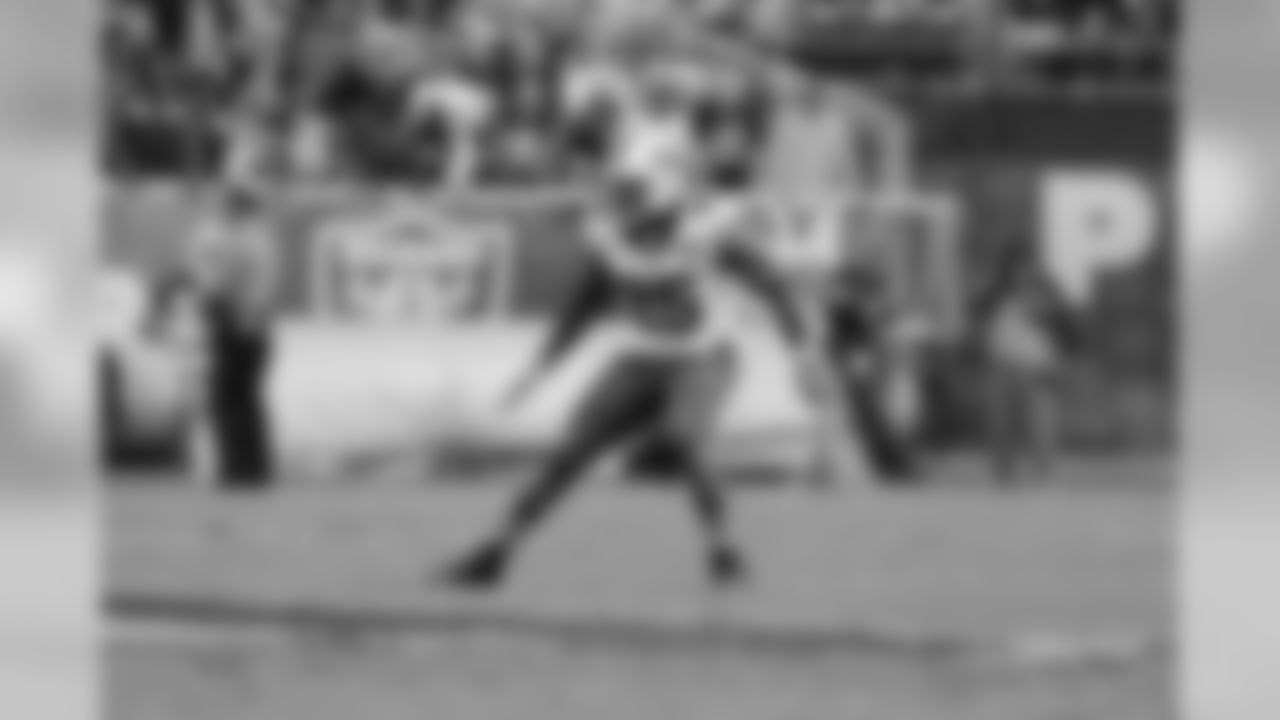




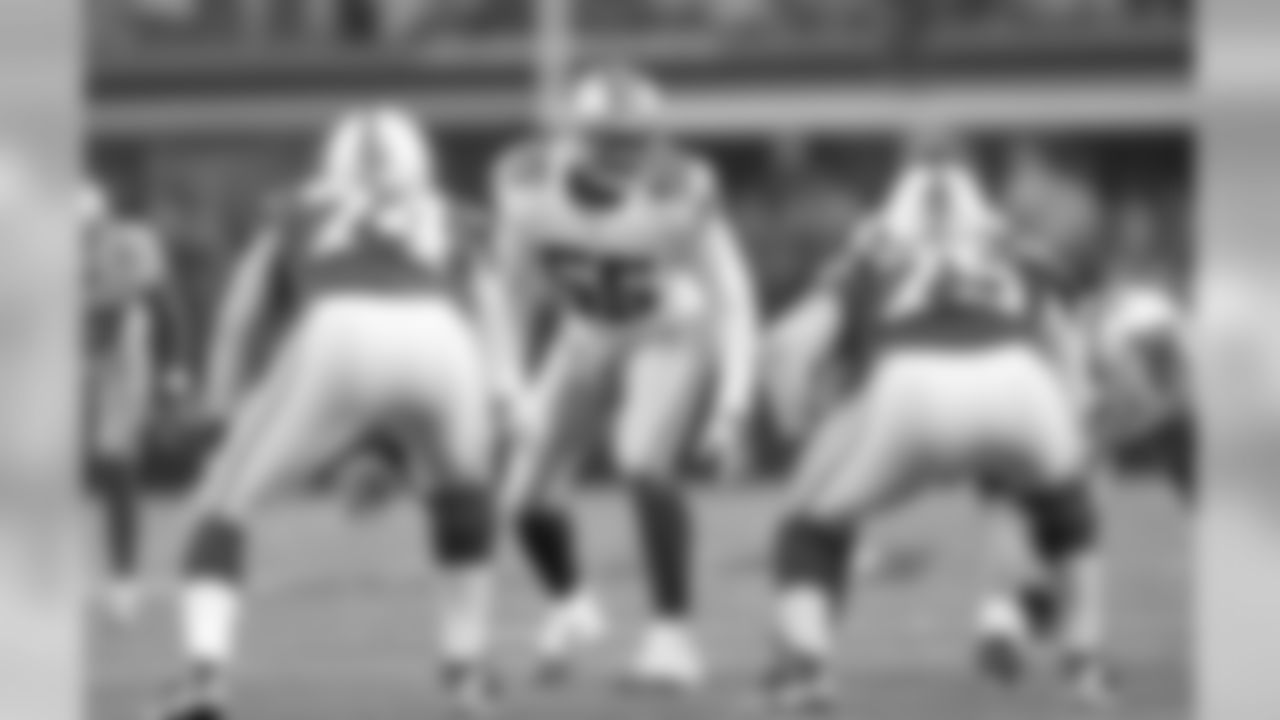

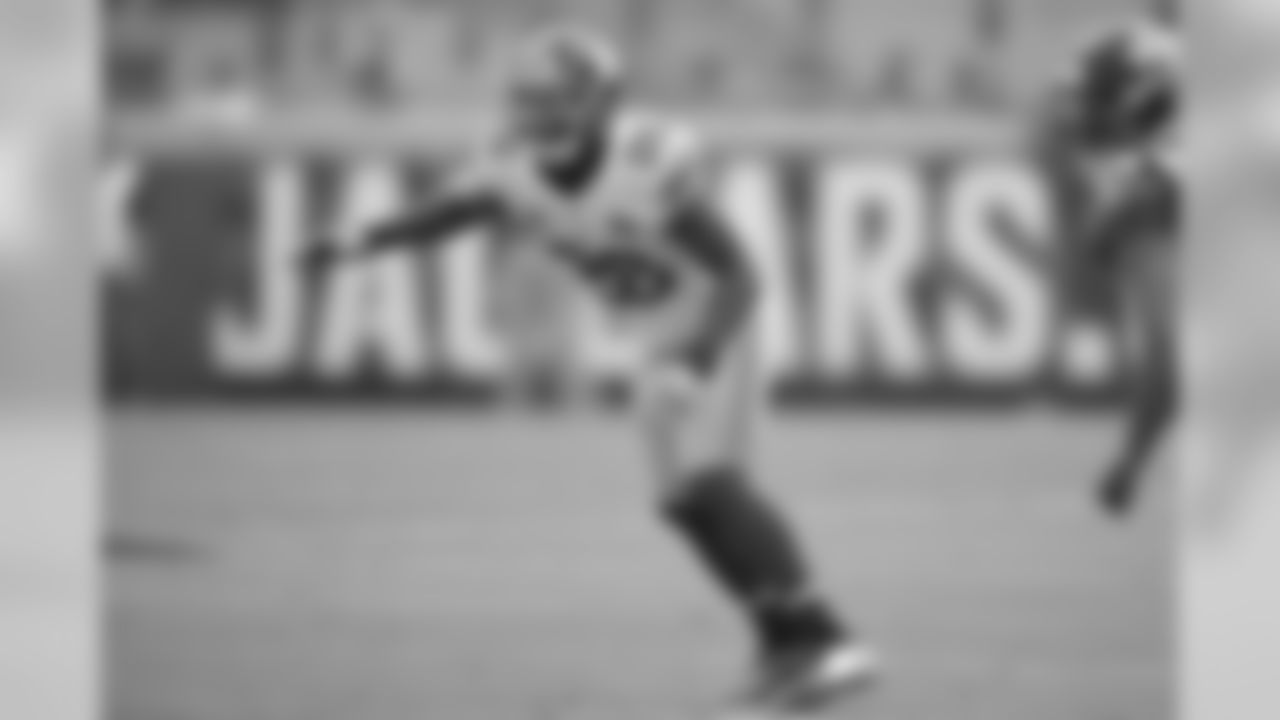


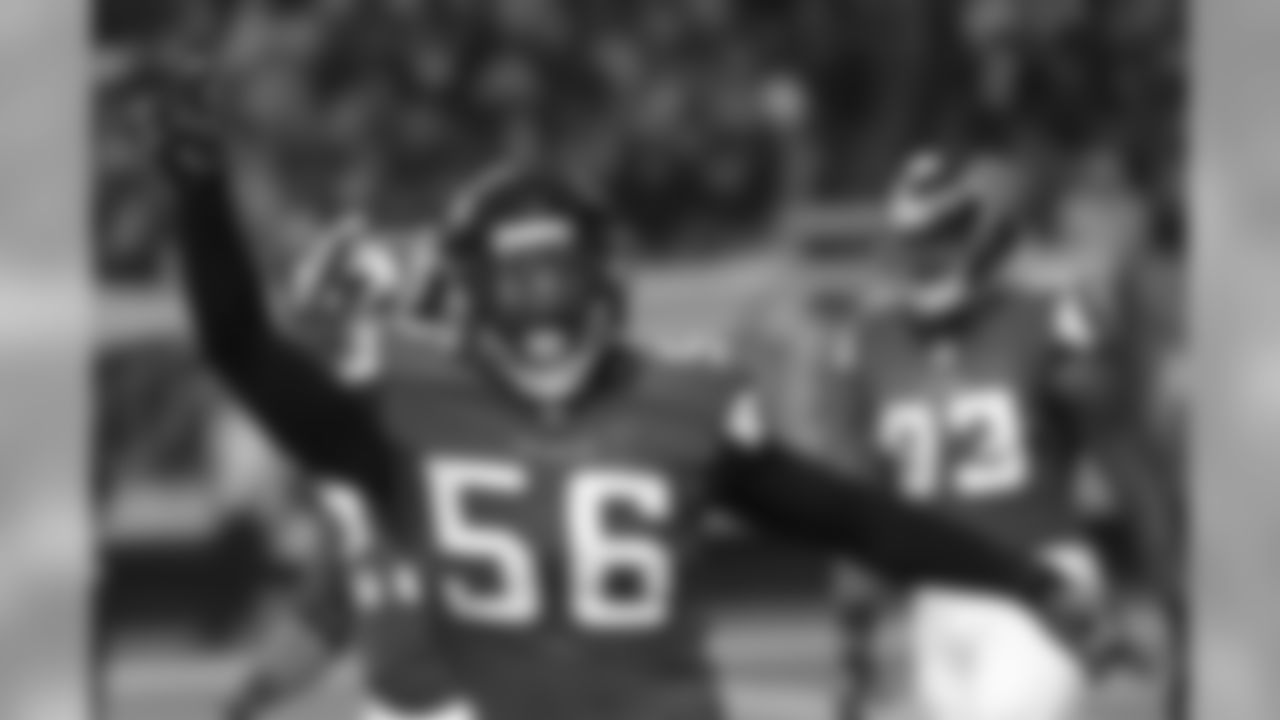











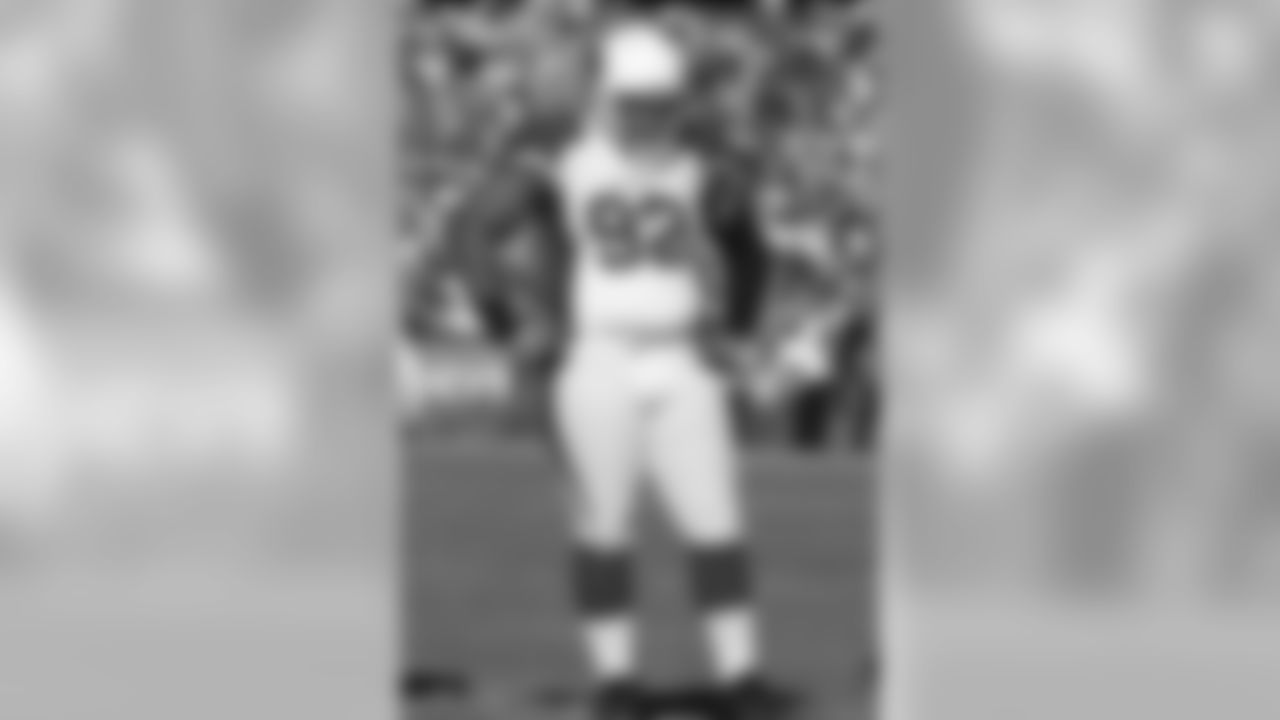


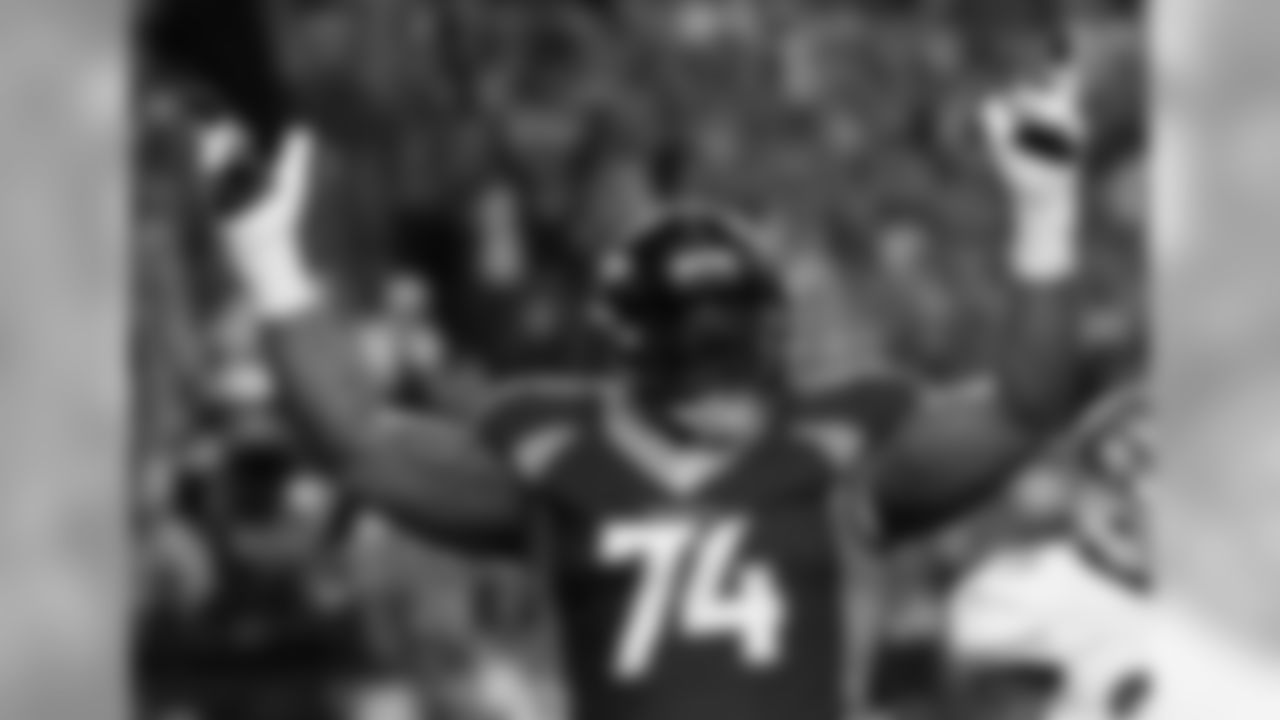
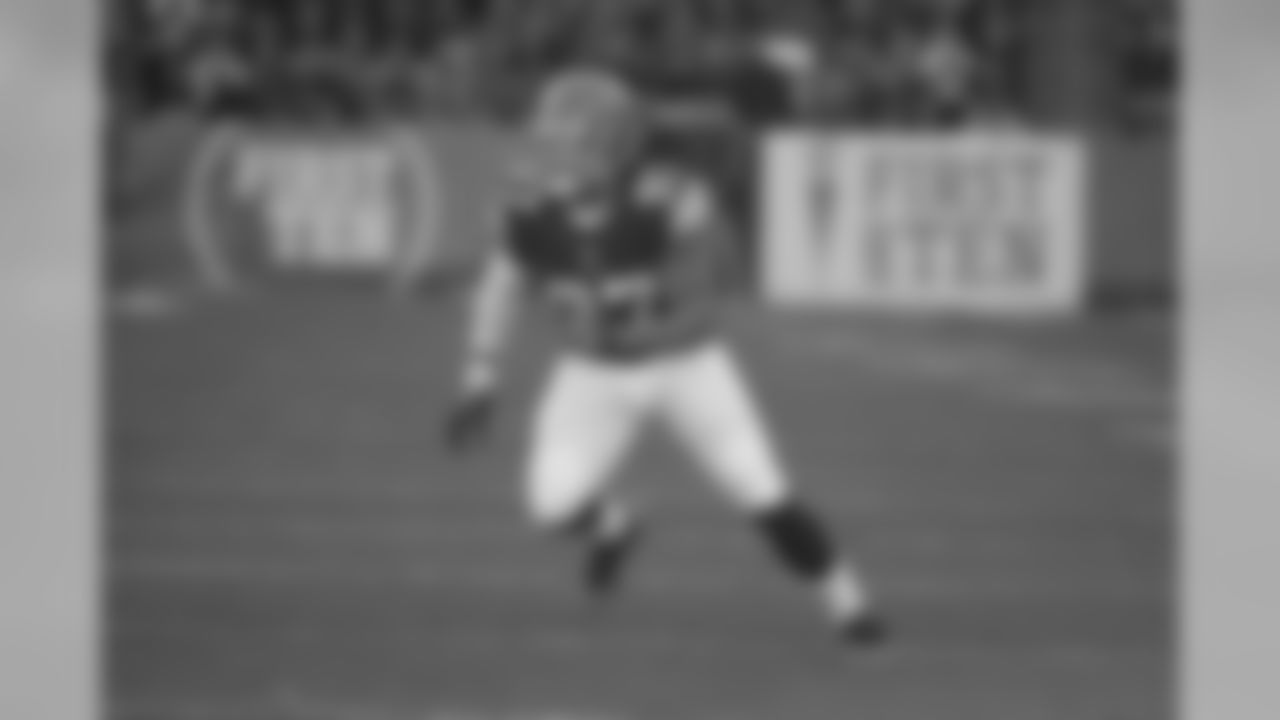

(Note: Charles Clay was tagged)


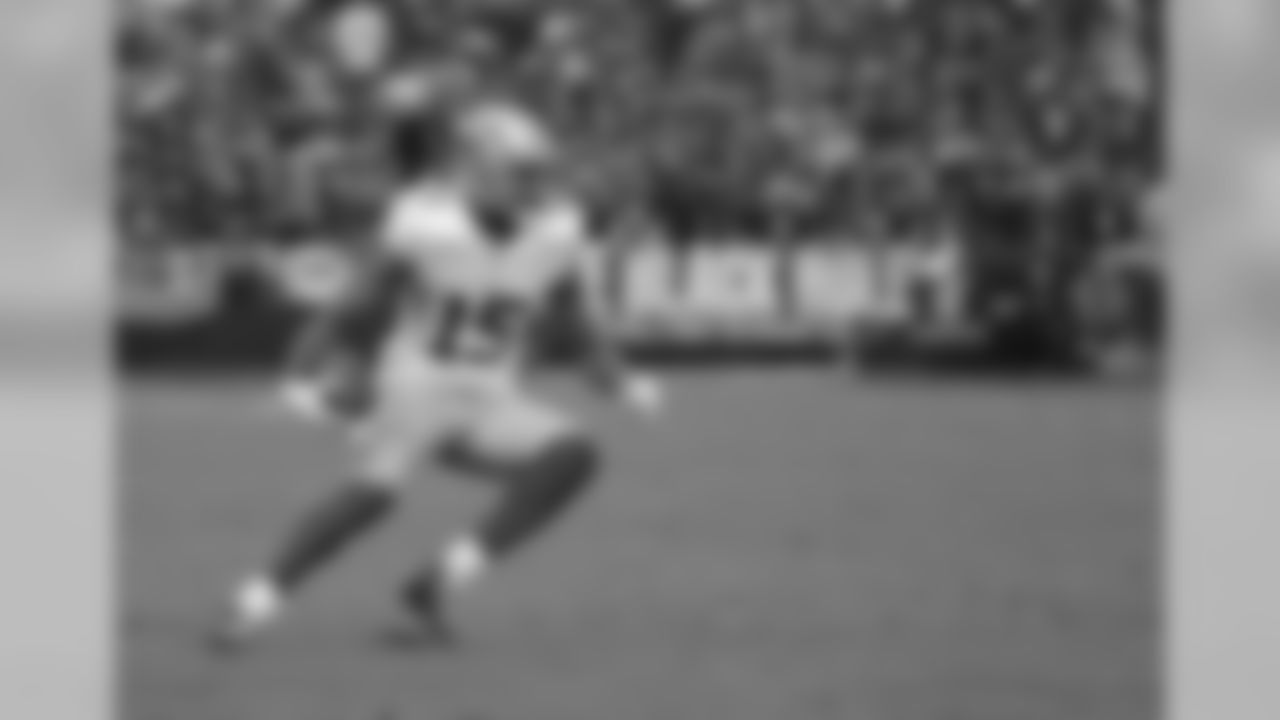
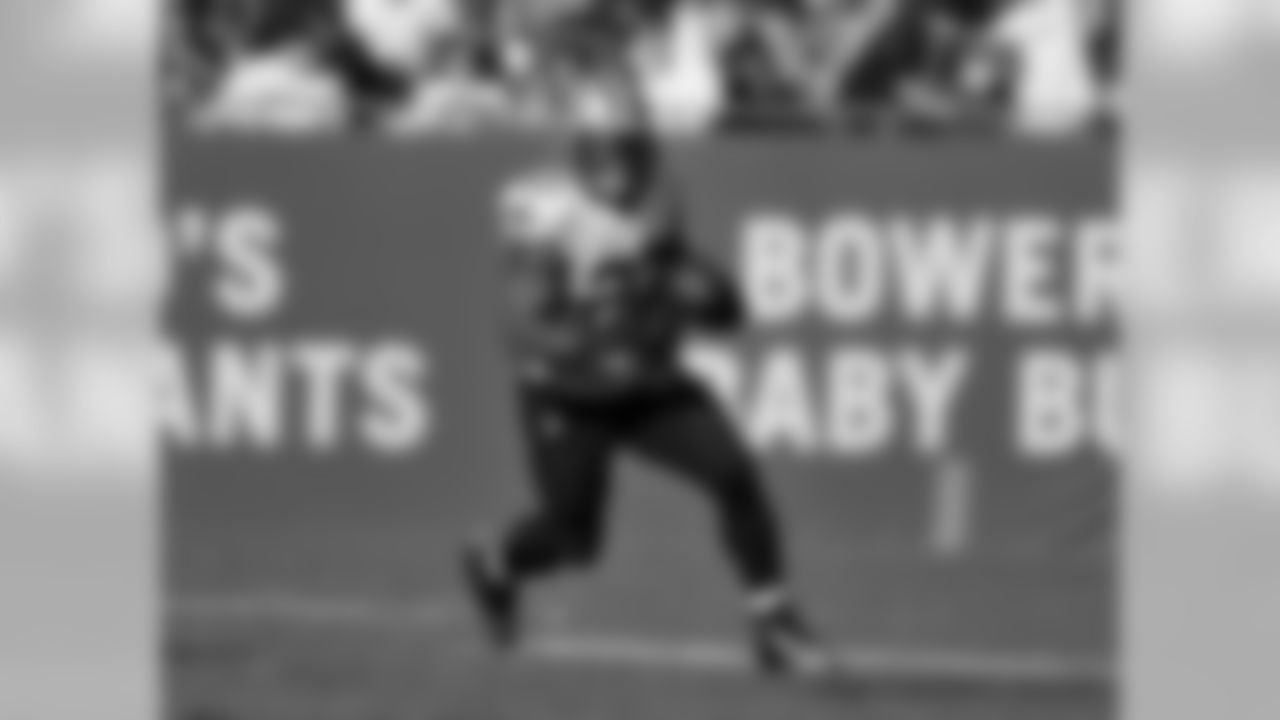



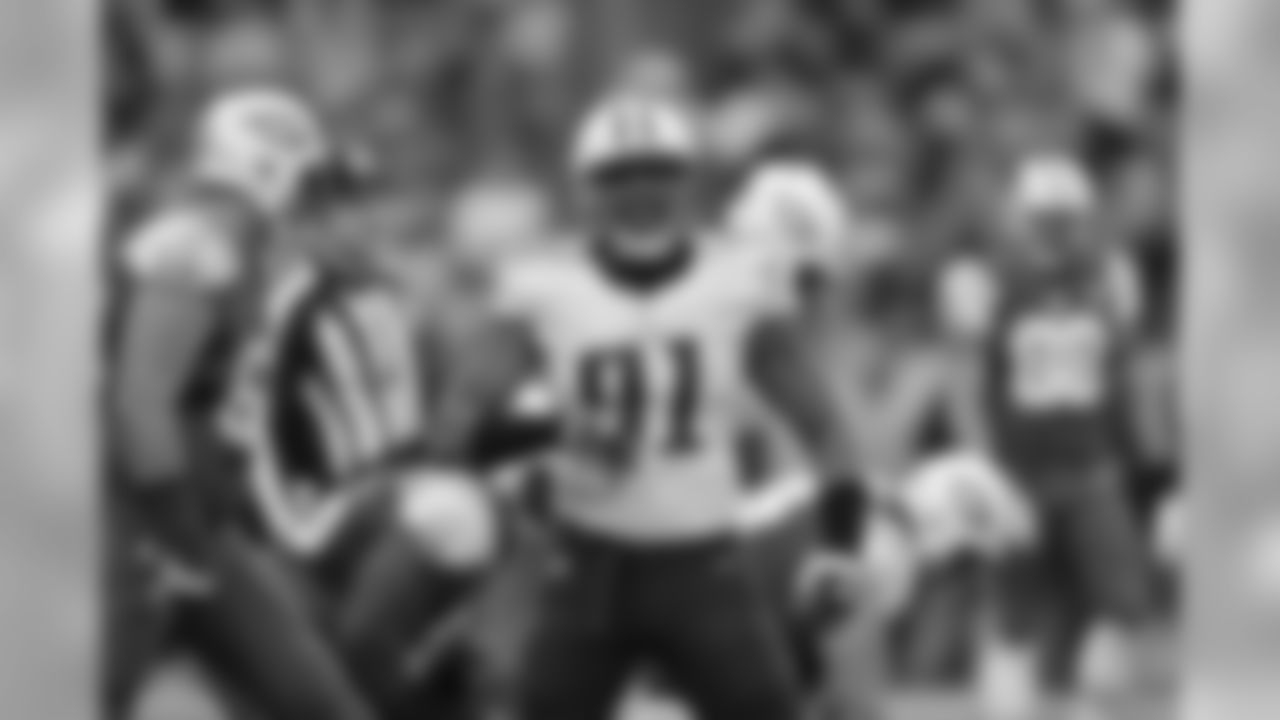




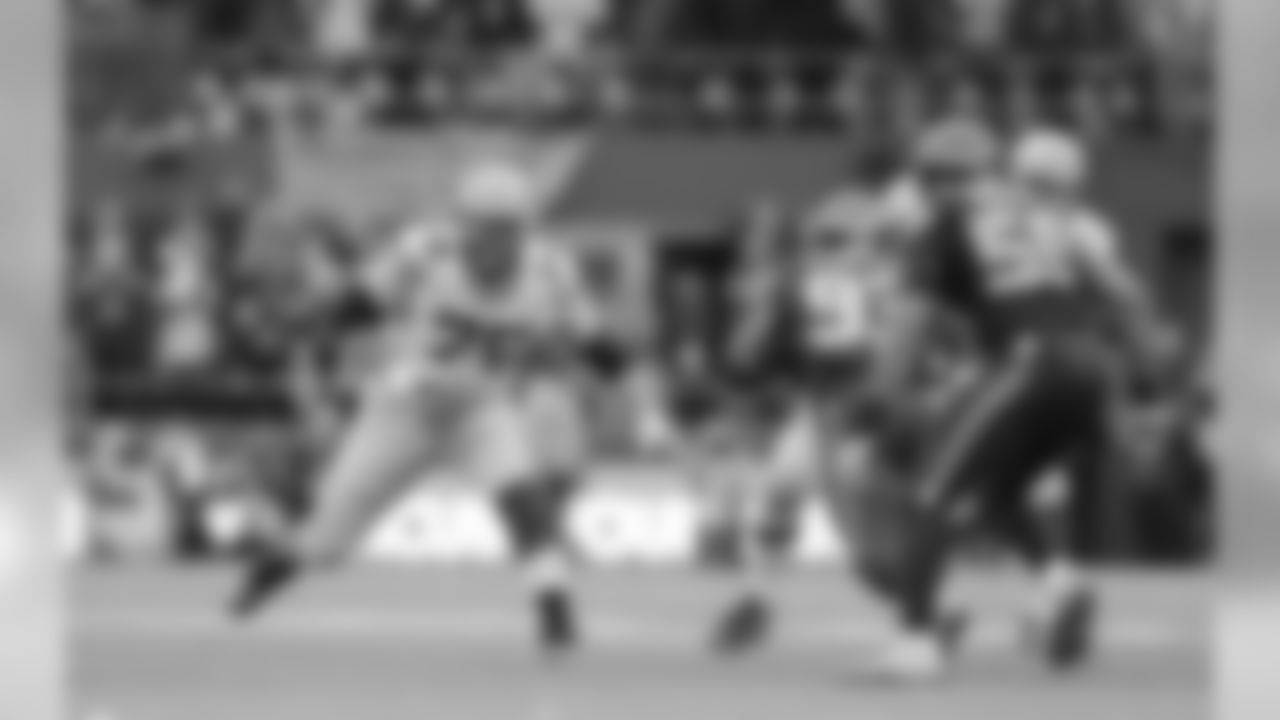



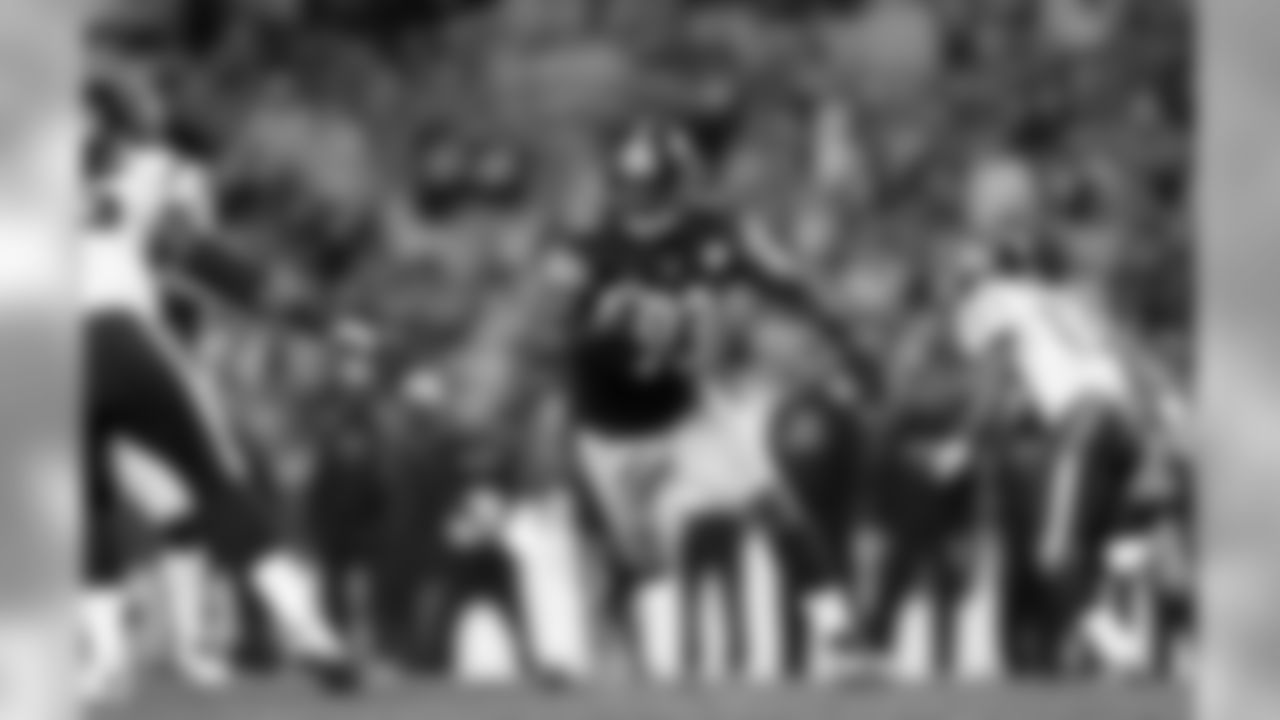
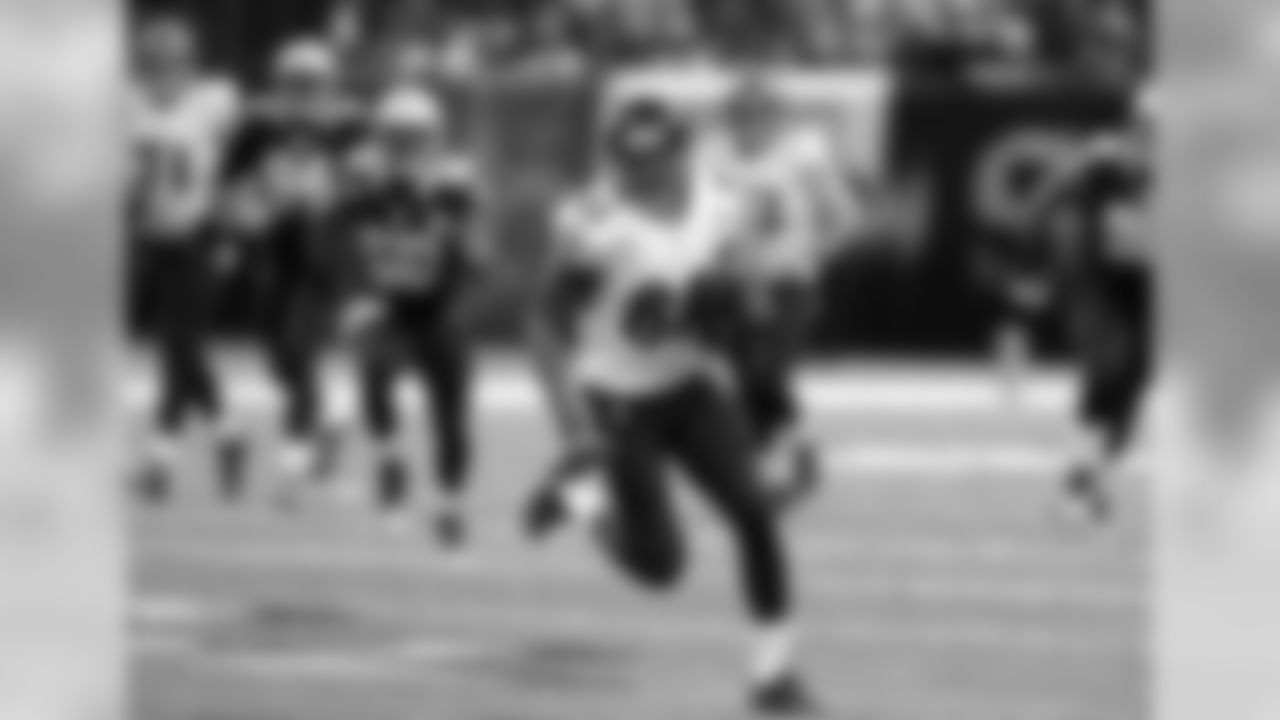
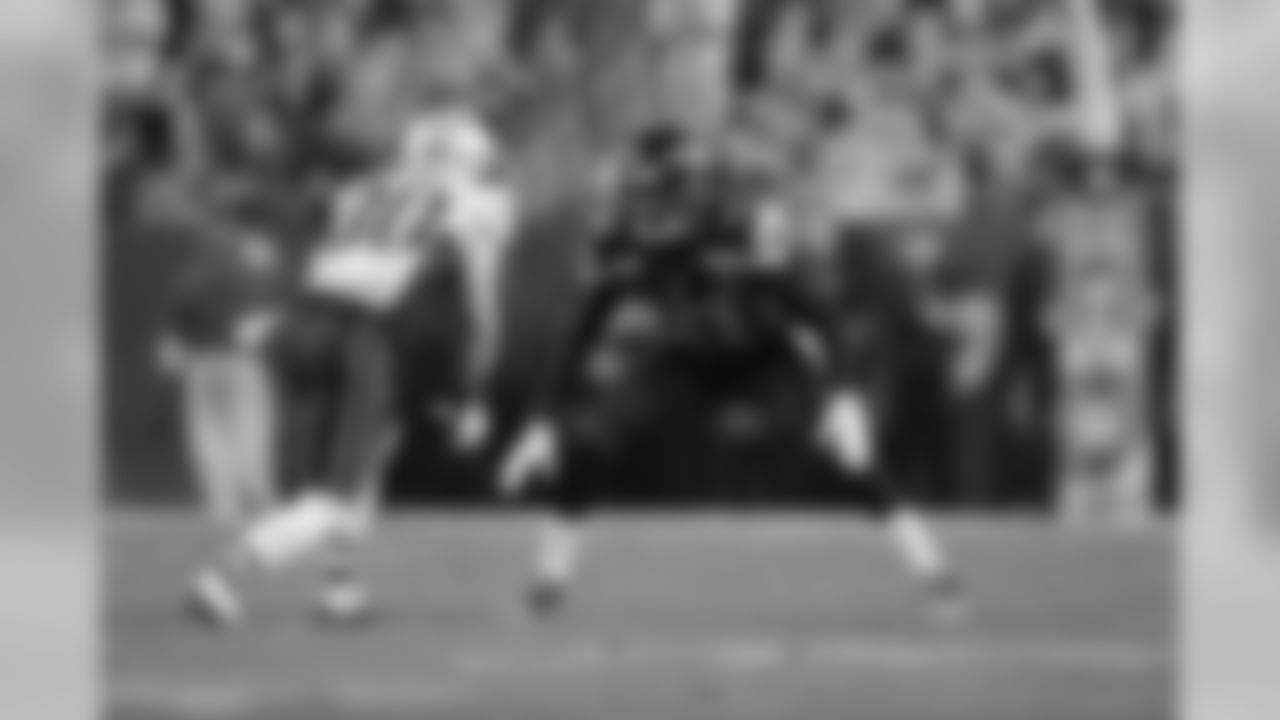





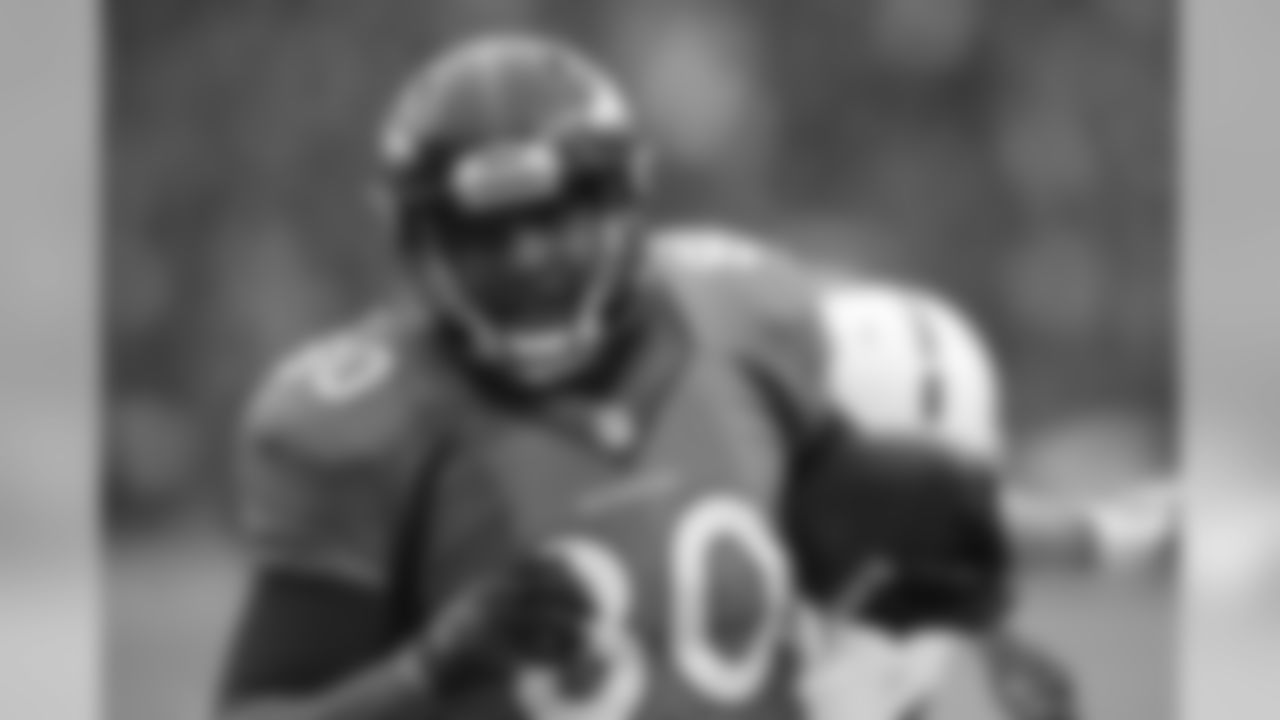
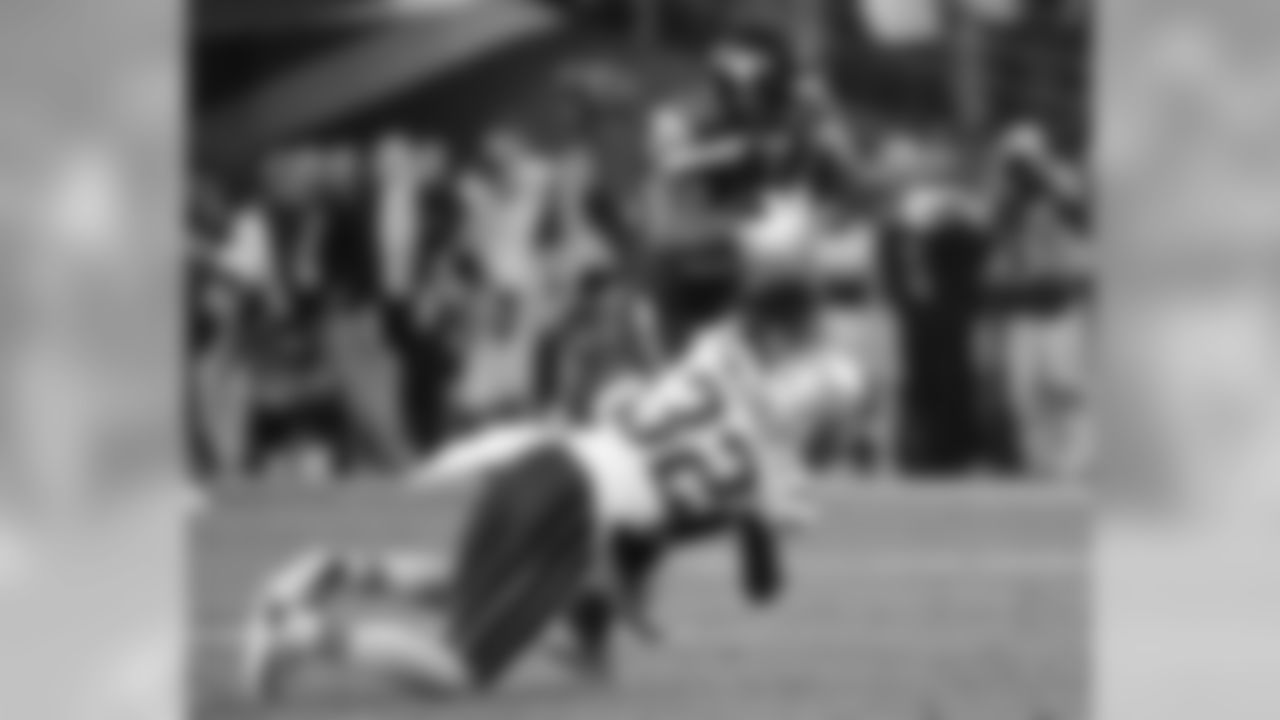
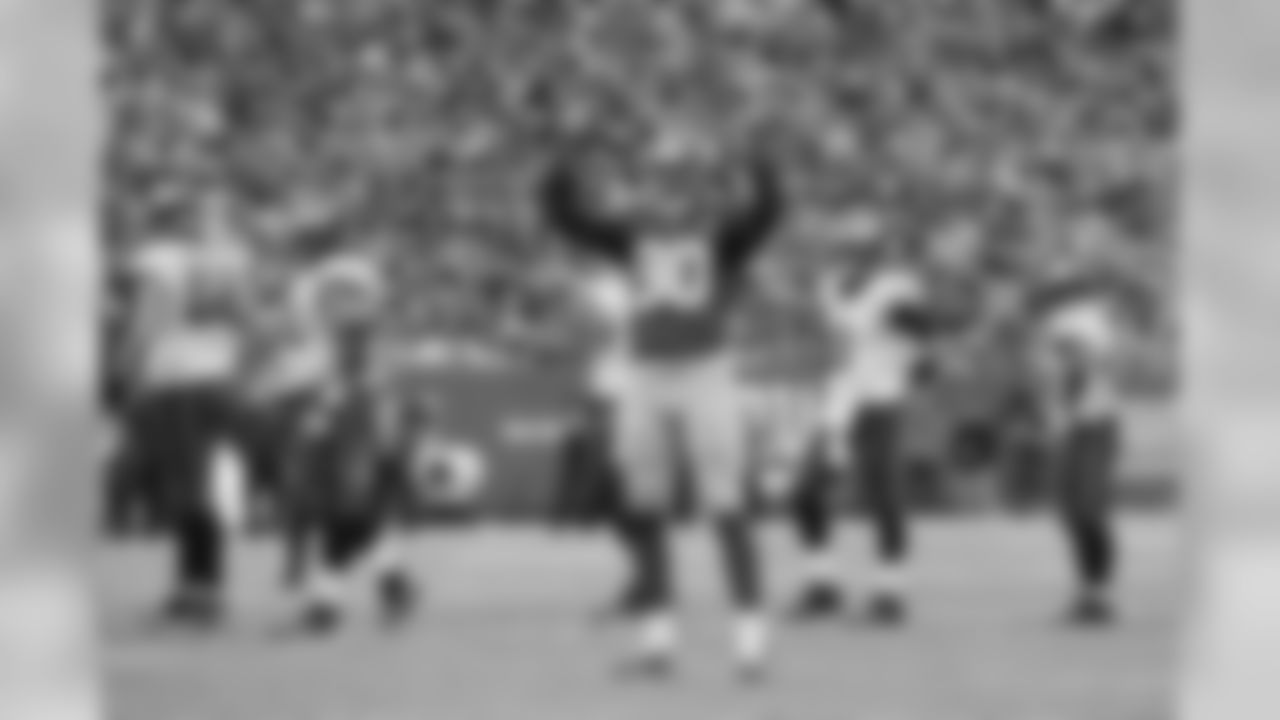
(Note: Jason Pierre-Paul was tagged)

(Note: Demaryius Thomas was tagged)

(Note: Dez Bryant was tagged)

(Note: Justin Houston was tagged)

Related Links
Articles
Winston visits Bucs
Free agency review: QBs
Top 5 free agent QBs
Mock Draft Roundup, 4.0
5 can't miss Pro Days
Photos
Videos
In the two-plus decades since the advent of unrestricted free agency in 1993, the Tampa Bay Buccaneers have tried their hand at important players at every position on the depth chart, with varying levels of success. With the 2015 free agency period set to begin on Tuesday, March 10, Buccaneers.com is taking a look at the team's free agency history, position by position. Today: Running Backs.
(Note: This list contains only players who were unrestricted or restricted free agents, and thus does not include players who were available because they had been released by their previous teams prior to free agency.)
1993: Vince Workman (restricted free agent)
This represents one of the few times that the Buccaneers have pried a restricted free agent away from his former team, though they would hit up the Packers twice in the first two years of the new collective bargaining agreement, also nabbing TE Jackie Harris in 1994. Workman, who went by the nickname "Pookie" and was a good pass-catcher out of the backfield, was a useful part of the backfield rotation for two seasons in Tampa before finishing his career in Indianapolis.
Workman's rushing totals during those two seasons were nearly identical, as he ran 78 times for 284 yards behind Reggie Cobb in 1993 and 79 times for 291 yards behind Errict Rhett in 1994. He did prove to be the team's second-leading pass-catcher in '93, recording 54 receptions for 411 yards and two scores.
1996: LeRoy Thompson
A big back who could block and catch passes – he had a 65-reception season with New England in 1994, Thompson didn't have much of an impact in Tampa. He played in just five games and logged a total of 14 runs and five receptions. The Buccaneers found another big back they liked better that year: rookie fullback Mike Alstott.
2000: Jerry Ellison
Given that the Buccaneers had the "Thunder & Lightning" duo of Alstott and Warrick Dunn in their backfield in 2000, this was obviously a depth signing. Actually, it was a "re-signing." Ellison had spent his first five seasons in Tampa after signing as an undrafted free agent out of Tennessee-Chattanooga in 1994. He became an unrestricted free agent in 1999 and eventually signed with the Patriots, though not until a month into the season. In 2000, he re-signed with the Buccaneers but was released with an injury settlement in August, ending his NFL career.
That signing had little impact, obviously, but Ellison was a productive reserve during his first stint with the Buccaneers. He produced a combined 678 yards from scrimmage, most of that in his first two seasons of action after a rookie campaign spent on the practice squad. For about two years he was even the owner of the longest run in team history, a 75-yarder.
2002: Michael Pittman
A Throwback Thursday photo gallery dedicated to former Bucs RB and Super Bowl Champion, Michael Pittman.


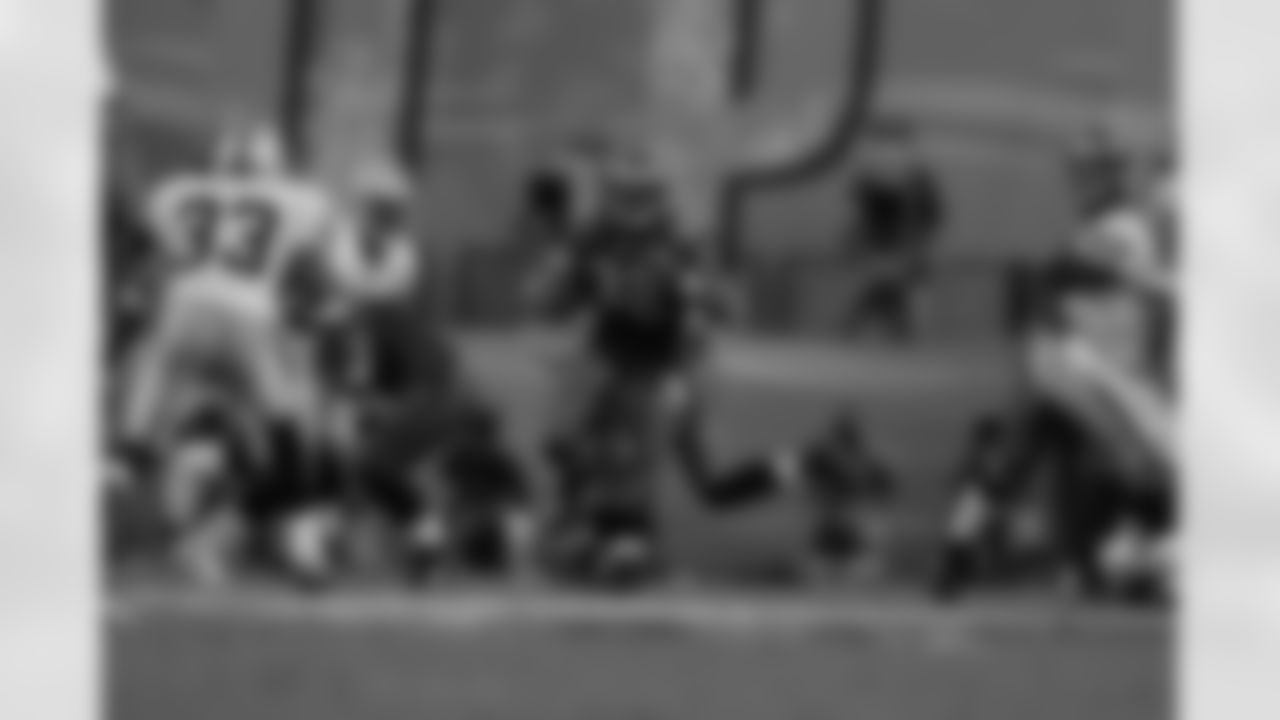

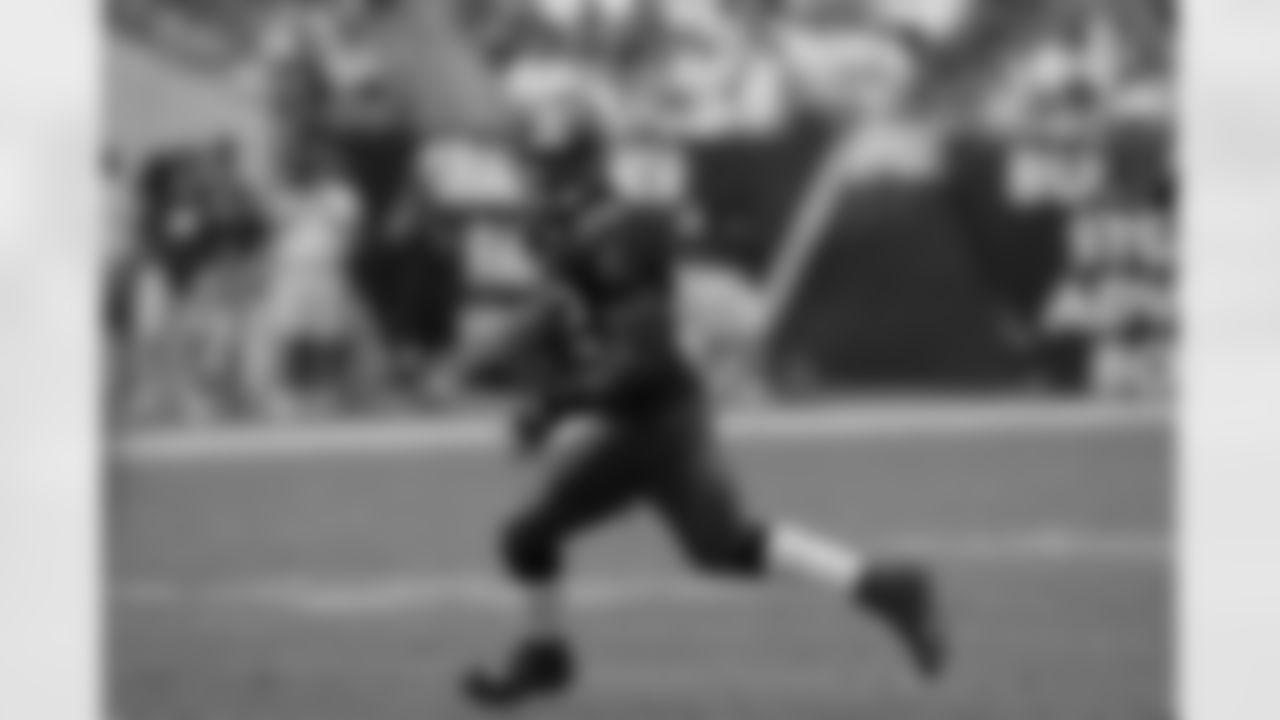




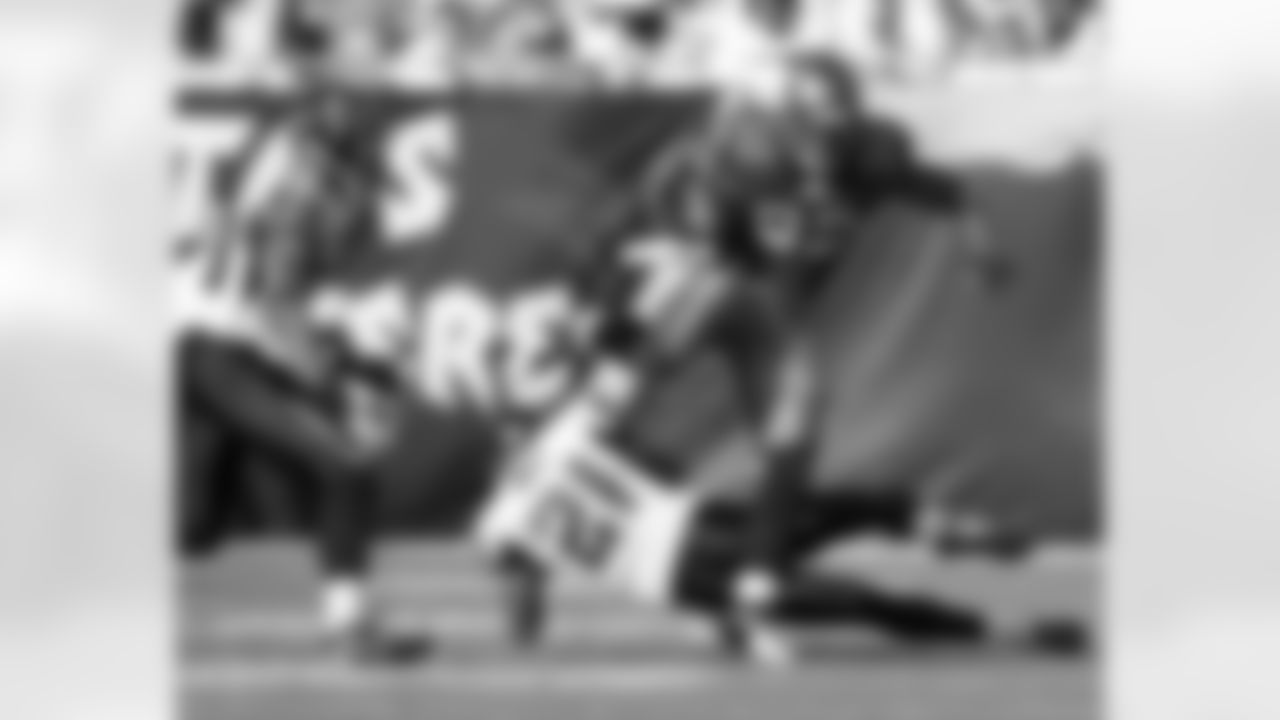





If Brad Johnson represents the best work the Buccaneers have ever done at quarterback on the free agent market, Michael Pittman takes the award at running back. New Head Coach Jon Gruden inherited a fantastic Buccaneer defense but he chose to overhaul the offense through free agency. Joe Jurevicius and Keenan McCardell joined Keyshawn Johnson in the receiving corps, Ken Dilger and Rickey Dudley remade the tight end position and the offensive line got Roman Oben and Kerry Jenkins. Not all of those players were unrestricted free agents, but Pittman was, and he came over from Arizona after the departure of Warrick Dunn.
Pittman's greatest strength may have been as a pass-catcher, but he also did fine work as the primary ballcarrier from 2002-04. During his six years in Tampa he ran for 3,362 yards and 10 touchdowns and caught 284 passes for 2,361 yards and six more scores. He ranks fifth in team annals in rushing yards and seventh in receptions, and he saved one of his best outings for the biggest game in franchise history, rushing for 124 yards in the Bucs' Super Bowl XXXVII victory over Oakland.
2004: Charlie Garner, Greg Comella (fullback) and Brandon Bennett
As with almost every player in the Bucs' huge but ill-fated free agency haul of 2004, these three additions at running back failed to work out. Bennett was cut before the season and ended up with Carolina near for half the year. Garner, at the age of 32 after a long and mostly successful career in Philly, San Fran and Oakland, played in just three games before an injury ended his season and his career. Comella did make it through the season with the team and he appeared in seven games, but those would prove to be his last seven games in the league.
2005: B.J. Askew
The Bucs held on to Askew for three seasons with the notion that his versatile skill set would allow him to contribute at both fullback and tailback. In reality, he never made much of an impact at either position, though perhaps he was never given much of an opportunity.
























